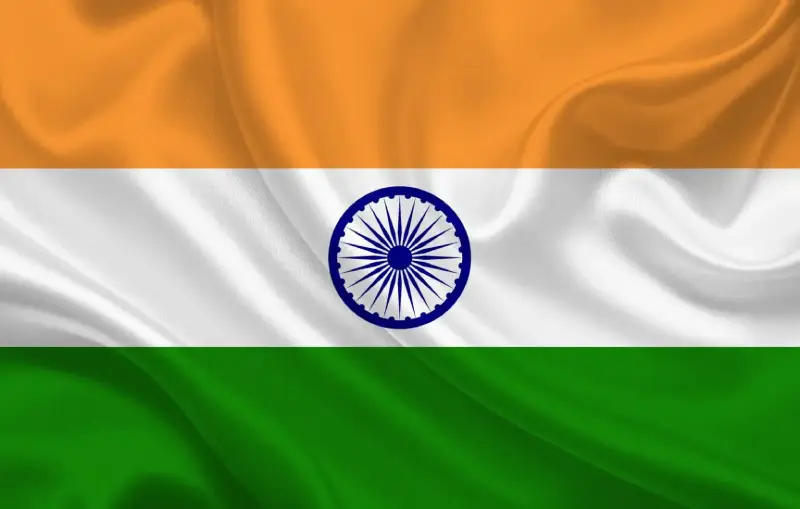
HAR GHAR TIRANGA

The Tiranga, India’s national flag, embodies the essence of the nation’s identity, unity, and freedom with its deep symbolic value. It captures the country’s vibrant culture, long history, and unwavering spirit of independence, making it a powerful emblem of the aspirations and struggles of the Indian people. This three-colored flag, also called the “Tiranga,” represents the joint efforts of millions of Indians who fought for their nation’s freedom and continues to instill pride and patriotism among Indians worldwide.
Significance of the Tricolor
🟠 Saffron – Courage and sacrifice
⚪ White – Peace and truth
🟢 Green – Growth and prosperity
⚙️ Ashoka Chakra – Justice, movement, and progress
Origin and History of the Tiranga Jhanda
The history of the Indian flag began even before the nation gained its independence. The Tiranga’s current design was authorized by the Constituent Assembly of India on July 22, 1947, just a few weeks before India attained independence on August 15, 1947. Nevertheless, the early 1900s saw the start of the flag’s growth.